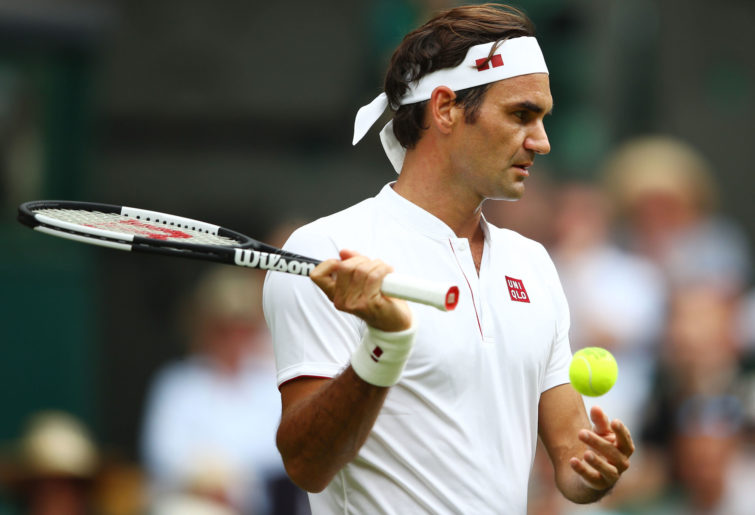Sweet revenge for Rafa as de Minaur downed to keep legend's Madrid fairytale alive
Alex de Minaur has missed out on the chance of a lifetime to beat Rafael Nadal on clay in successive tournaments, blown away by…
The 2008 Wimbledon final between Roger Federer of Switzerland and Rafael Nadal of Spain will go down as the greatest match in the history of tennis’ Open Era.
Most commentators have gushed over the quality of the match, but what has been left untouched in the following decade has been Federer’s ability to move on from such a debilitating defeat.
How he has managed this?
Is it his incredible talent that has got him past the pain?
Is it the fact that Nadal has become the second greatest player of the modern era?
Or is it because Federer has changed his approach to the game of tennis?
It’s a combination of all the above.
I’m a massive Federer fan, and my love of him started from that Wimbledon final in ’08.
There was a certain calmness that even in defeat was awe-inspiring to a 14-year-old teenager back then.
The way he fought and clawed his way back from certain sporting death to a near perfect comeback was mesmerising.
Nadal should’ve won that match in straight sets – and he would have if he played anyone else on that day.
And that’s what makes Federer amazing.
He never gives in.

(Photo by Clive Mason/Getty Images)
Following that epic final, the 2008 US Open was meant to be the continuation of Federer’s decline and the rise of young guns like Nadal and Novak Djokovic.
And for good reason.
Coming into that event, Federer had won just two titles for the year and none on his favourite surface, hard court.
Nadal had just won the Olympic gold medal and Djokovic had come home with the bronze.
Nadal was the holder of the French, Wimbledon and Olympic crowns while Djokovic had the Australian Open, besting Federer in straight sets in the semis.
And it wasn’t just those two that had Federer worried.
A young Brit by the name of Andy Murray had a winning head-to-head record over the great man, and players such as James Blake and Andy Roddick were scoring victories over Federer that seemed impossible 12 months earlier.
Federer did nothing to quell the doubters as he struggled at times throughout the tournament.
He battled to beat 23rd seed Igor Andreev in five sets in the fourth round before recapturing his best in the semis and the final.
He faced Djokovic in the last four and accounted for him in four sets before annihilating Murray in his first grand slam final.
This tournament began the second chapter of Federer’s career.

(AP Photo/Vincent Thian)
The first half was all about him as the front-runner. He never seemed flustered or panicked during his reign as the king.
But now he took on a new role as the underdog. And he showed the world that there is a lot more to Federer than just a front-runner.
The US Open was his 13th major victory, which left him one behind tying Pete Sampras as the all-time Grand Slam record-holder.
As he headed into the 2009 Australian Open, he was seeded second behind Nadal.
Both players were in excellent form throughout their first six matches, displaying truly amazing tennis at times.
Federer had to dig deep against Tomas Berdych in the fourth round while Nadal squeaked past Fernando Verdasco in the semis.
So the stage was set: one against two.
And what a final we were treated too.
The first four sets were better than the ’08 Wimbledon final, but the fifth was a massive let-down, in part was because Federer mentally fell apart against Nadal.
The accumulation of Roger’s last two major final defeats to Rafa caused the Swiss to doubt his ability to beat his opponent.
He never believed in his ability to finish the job.
And the final set was a confirmation of his inner demons that had surfaced.
Part two of this series will look at the rest of Federer’s 2009 season.